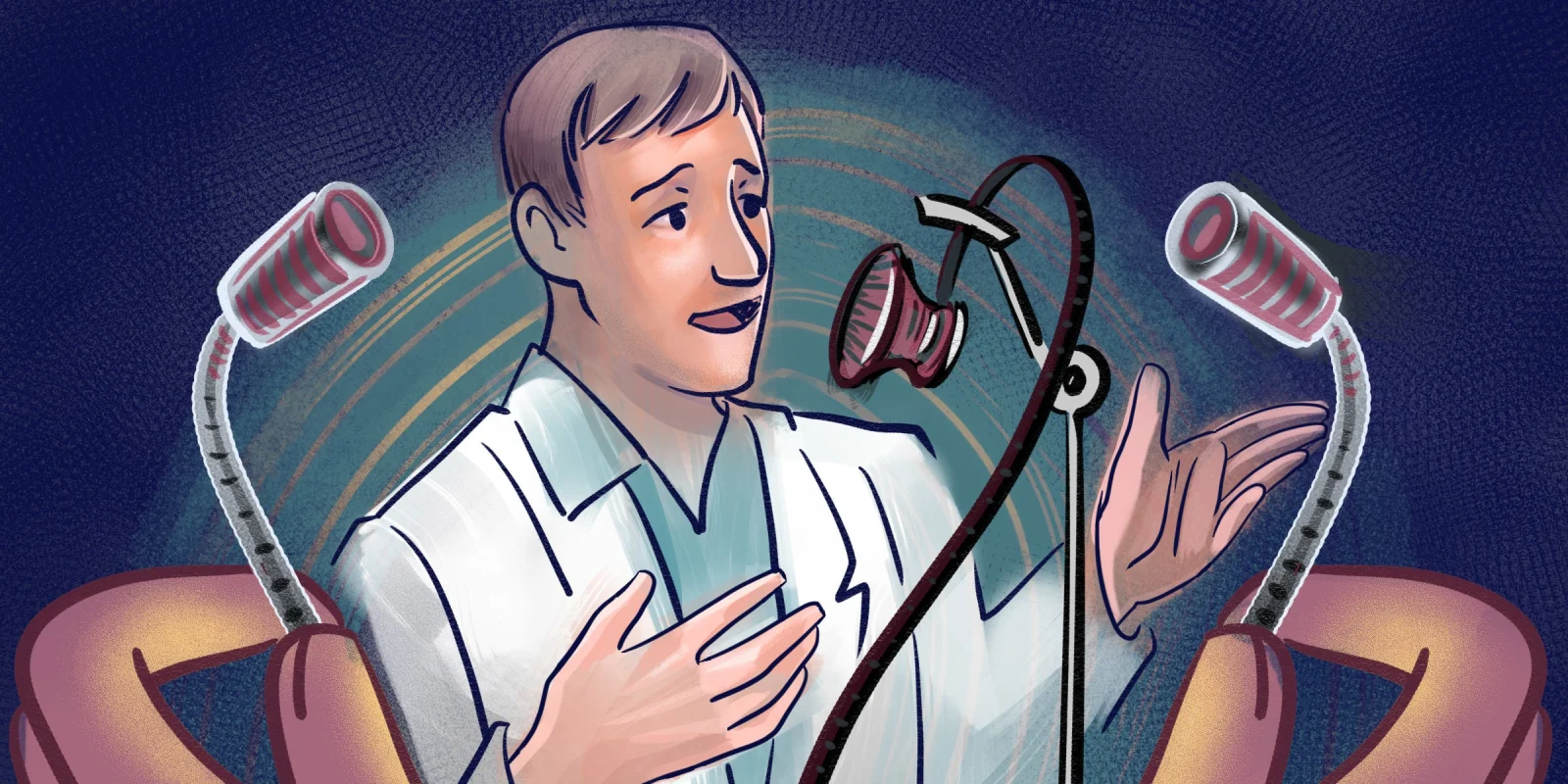The Annual Scientific Meeting of the American College of Allergy, Asthma & Immunology was packed with symposiums and educational sessions on food allergy, immunotherapy, and allergic rhinitis. The “allergy” of allergy and immunology outweighed the “immunology” in New Orleans, though the few Immunology sessions were outstanding. As a member of the ACAAI Clinical Immunology & Autoimmune Disease Committee, I was fortunate to help develop and co-moderate a session on a topic that is prevalent in the allergy and immunology clinic entitled: “The Growing Pandemic of Secondary Immunodeficiency.”
The session started with Dr. Shahzad Mustafa of the University of Rochester speaking about malignancy and B-cell depleting agents. While the meat of his presentation discussed immune parameters in diseases such as chronic lymphocytic leukemia and lymphoma after treatment with ibrutinib and rituximab, respectively, the takeaway points for me were his discussion of distinguishing primary from secondary immunodeficiencies. Dr. Mustafa discussed research underscoring the important diagnostic role of IgA since IgA is typically much lower in primary humoral deficiency and more preserved in secondary humoral deficiency. Dr. Mustafa concluded his presentation by discussing research on the comparative accuracy of diagnosis by the collective intelligence of multiple physicians vs. individual physicians. This highlighted the collaborative approach that we need to take as immunologists in diagnosing a patient with secondary immunodeficiency.
The session continued with Dr. Andrej Petrov of the University of Pittsburgh discussing immunodeficiencies in other specialties. Dr. Petrov’s presentation specifically discussed antibody deficiency in patients with frequent exacerbations of chronic obstructive pulmonary disease (COPD). Along these lines, an audience member during the discussion posed to Dr. Petrov if there is similarly an association with asthma and antibody deficiency as well, and he proposed that likely only the patients with neutrophilic asthma and/or COPD overlap syndrome should be evaluated for humoral deficiency. Dr. Petrov explained his research on hypogammaglobulinemia in the first year after lung transplantation and increasing infections with more profound hypogammaglobulinemia. Also interestingly, Dr. Petrov and colleagues discovered that there is a detrimental association of hypogammaglobulinemia with chronic lung allograft dysfunction and death that is not mediated by on-demand immunoglobulin replacement after lung transplantation.
The session concluded with Dr. Jolan Walter of the University of South Florida emphasizing various therapeutic approaches to secondary immunodeficiency. She started her talk by emphasizing her research, demonstrating the importance of recognizing inborn errors of immunity which can often present with non-infectious autoimmune complications, and the importance of genetic testing in diagnosis. She gave multiple examples of inborn errors of immunity, which were unmasked by B-cell depleting agents, and which could be treated with more targeted biologic agents.
After the presentations, there was a lively discussion among all three speakers and my co-moderator, Dr. Jack Routes of the Medical College of Wisconsin, an esteemed immunologist who piloted newborn screening for severe combined immunodeficiency and has performed extensive research on common variable immunodeficiency and granulomatous and lymphocytic interstitial lung disease. Much of the discussion involved very simple questions with not so simple answers. For instance, the four Immunologists discussed how to interpret streptococcus pneumonia titers, and there seemed to be no clear consensus for defined cut-off values but rather a consensus on taking all the laboratory values into clinical context and looking for an improvement after booster vaccination. The immunologists also discussed how to distinguish primary versus secondary lymphopenia and the importance of examining specific T-cell parameters such as naïve and memory markers in the context of the clinical scenario for clues to the underlying diagnosis.
While secondary immunodeficiency is palpably not the predominant pandemic affecting allergists & immunologists right now, it is a growing pandemic. With advances in medical care and patients with complex medical conditions living and thriving for many years, secondary immunodeficiency is becoming a more common diagnosis. Immunologists need to understand how to diagnose and treat secondary immunodeficiency, and this fantastic symposium will bring a greater understanding.
Dr. Gans has no conflicts of interest to report.
Illustration by April Brust





